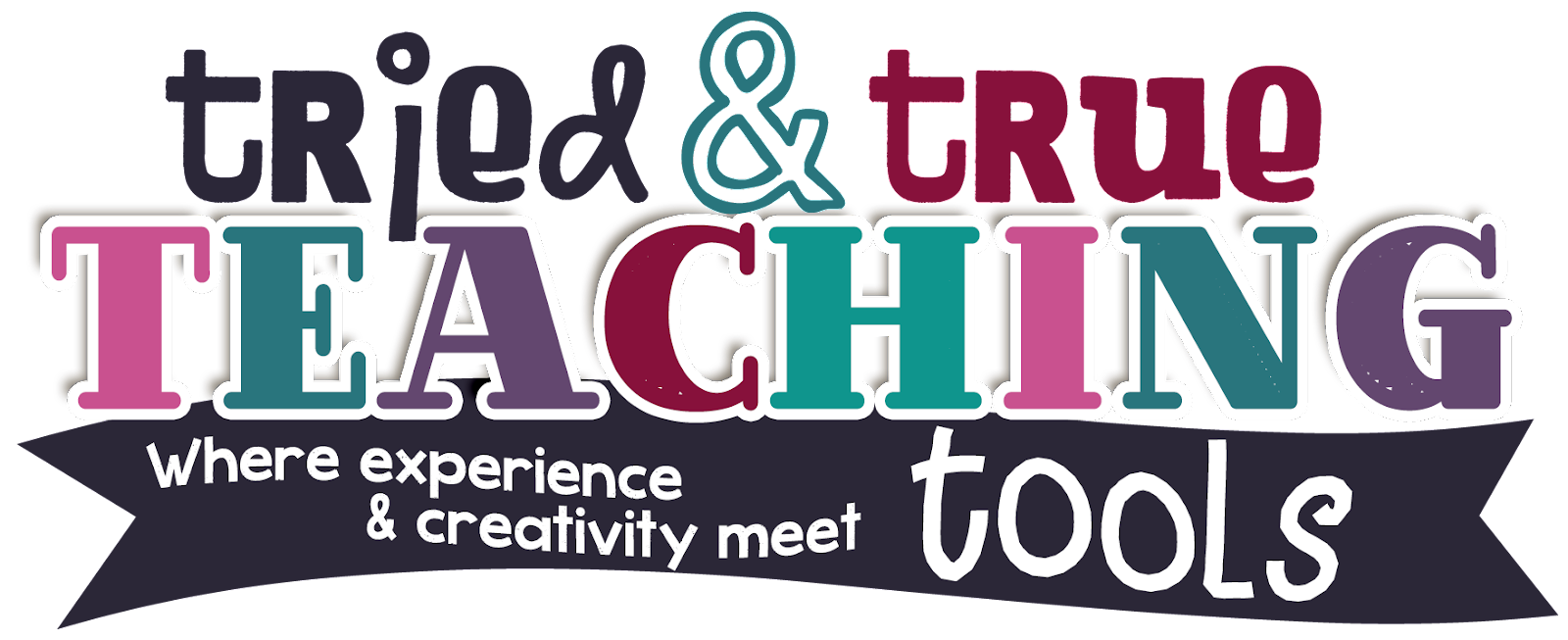So what is grit? Grit means having the dedication and courage; strength of character to work hard toward a goal, no matter what challenges are encountered on the way. And as always, picture books provide the perfect model for this trait.
This post contains Amazon
affiliate links. This means that if you purchase through one of these links (at
no cost to you), it helps to support my blog.
Most people have heard of Louis Braille, but many do not not realize that he was not born blind. Six Dots by Jen Bryant is a beautiful picture book about the story of young Louis Braille.
Louis was just five years old when he lost his sight in an accident with an awl. However, he was determined to live like everyone else, and what he wanted more than anything was to be able to read. Even at the school for the blind in Paris, there were no books for him. So Louis invented his own alphabet—a whole new system for writing that could be read by touch. It is a system so ingenious yet practical that it is still used by the blind community today.
After reading a picture book to my class, we always discuss possible themes. Students share their thoughts, using evidence from the book to support their responses. Six Dots is an excellent book to discuss theme; usually kids come up with perseverance or determination as the most likely theme. During morning meeting, we relate to Louis' sudden blindness to our own shortcomings and how to overcome them. I also display quotes about perseverance and growth mindset and they become points for discussion and reflection in our morning meeting or in our journals.
Split peas are great not only for making split pea soup! Since they are cut in half (split), there is a flat side. After showing students the Braille alphabet, they will be eager to learn the alphabet and to try making their names and many other words. Give them cardstock with six dot frames and have them glue the split peas onto the frame, while referencing the Braille alphabet. They can close their eyes and feel the bumps of the split peas.
Have you ever noticed that many signs around your own school (and all public buildings) have Braille as well as written words and numbers? It is fun to have students walk around campus, noticing the signs and plaques, and trying to feel them with their eyes closed.
Also STEAM and STEM activities are always living examples of persevering and trying, failure after failure.
Some other picture biographies to inspire and teach perseverance: (click on each image for more information)
An oldie but goodie: The Little Engine that Could tells the story of a tiny blue engine who saves the day by chanting positive self-talk, "I think I can. I think I can!"
As a young boy, Chris Hadfield loves rockets and planets and he is always pretending to be a brave astronaut, exploring the universe. However, there's only one problem: at night, Chris doesn't feel so brave. He's afraid of the dark. But when he watches the groundbreaking moon landing on TV, he realizes that space is the darkest dark there is--and the dark is beautiful and exciting, especially when you have big dreams to keep you company. This true story not only exemplifies perseverance, but it also demonstrates the importance of passion and determination.Helen Thayer wanted to be the first woman to travel alone to the Magnetic North Pole. to travel alone to the Magnetic North Pole.trto travel alone to the Magnetic North Pole.to travel alone to the Magnetic North Pole.Luckily, she took her dog, Charlie. He knew when it was too dangerous to travel and stayed tucked into the tent and protected her from a polar bear attack. She braved freezing cold, polar bears, brutal winds, ice storms, and various injuries, but gritted her teeth and soldiered on. This true tale of adventure is a model of perseverance and the "you can do anything you set your mind to" message
CLICK HERE or on the image above to listen to We Teach So Hard's latest podcast: our monthly themed book talk! CLICK on the links below to read about more picture books to teach perseverance! Tracy, Retta, and Deann have SO many awesome ideas with freebies!











I LOVE the "Six Dots" book recommendation and the split pea braille extension activity. I can't wait to use your book as a companion book to "Emmanuel's Dream." I think the two will make a great compare/contrast lesson.
ReplyDeleteI just ordered Emmanuel's Dream, too! You're right; the two will be great together!
DeleteBlows my mind how people learn to read Braille, I just couldn't imagine how hard it must be for a blind person. Great book to read with your class.
ReplyDelete